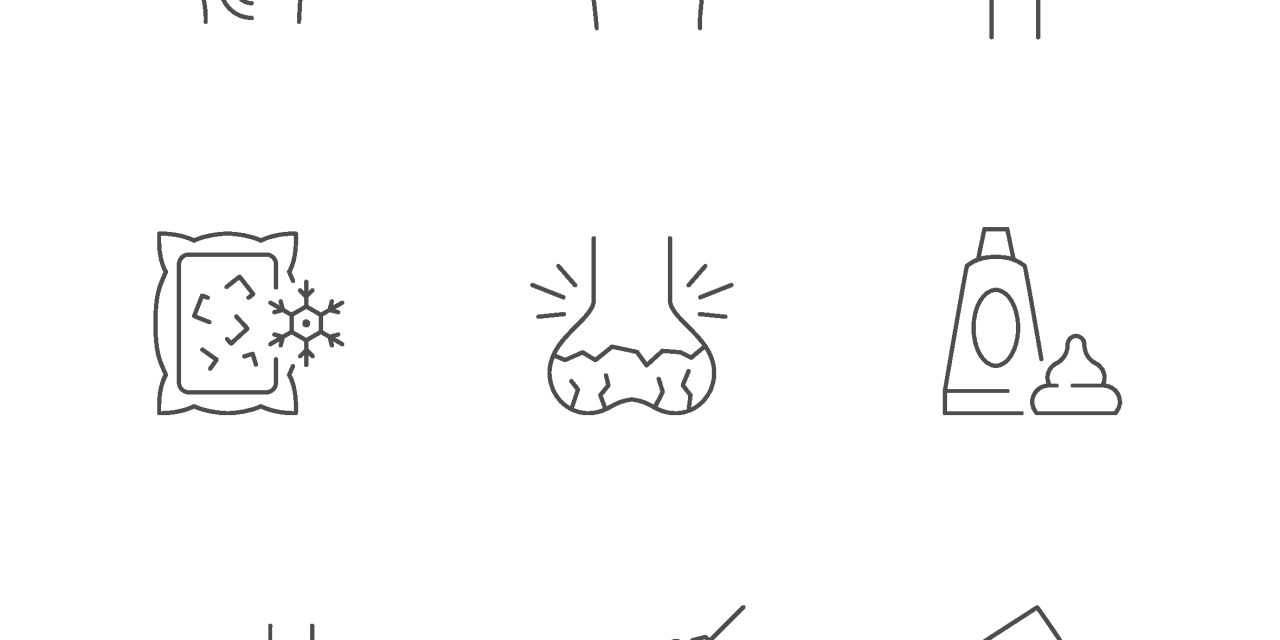Acute low back and neck pain account for 3% to 6% of emergency room consultations. In Europe, analgesic prescriptions are issued in boxes. This study, therefore, aims to assess whether this type of packaging is adapted to the real needs of patients.
This is a prospective observational multicenter study. Out of a total of 101 eligible patients who consulted the emergency department with acute low back or neck pain of muscular origin, 60 patients were included for statistical analysis. Follow-up was conducted by phone 10 to 14 days after admission. Different parameters were evaluated: the recovery, the amount of remaining tablets, and the demographic characteristics of patients.
Seventy-five percent of the evaluated patients were asymptomatic at follow-up and no longer taking the prescribed treatment. For all types of prescribed analgesics, a significant number of tablets remained in the drug boxes (P < 0.0001). After the resolution of symptoms, 90% of the studied patients reported a drug surplus. No significant difference was found in terms of patient demographic characteristics. The results were similar for both neck and low back pain subgroups.
This study suggests that in case of acute low back and neck pain, a significant number of patients who return home after an emergency department consultation have a surplus of analgesics after recovery. These drugs could induce misuse. Moreover, this surplus gives rise to economic and environmental questions. One solution could be to prescribe a number of tablets depending on patients’ pathology instead of entire boxes.
‘Adequacy between medical prescription and intake of analgesics for acute low back and neck pain after presentation at the emergency department – do we prescribe too many tablets?’


